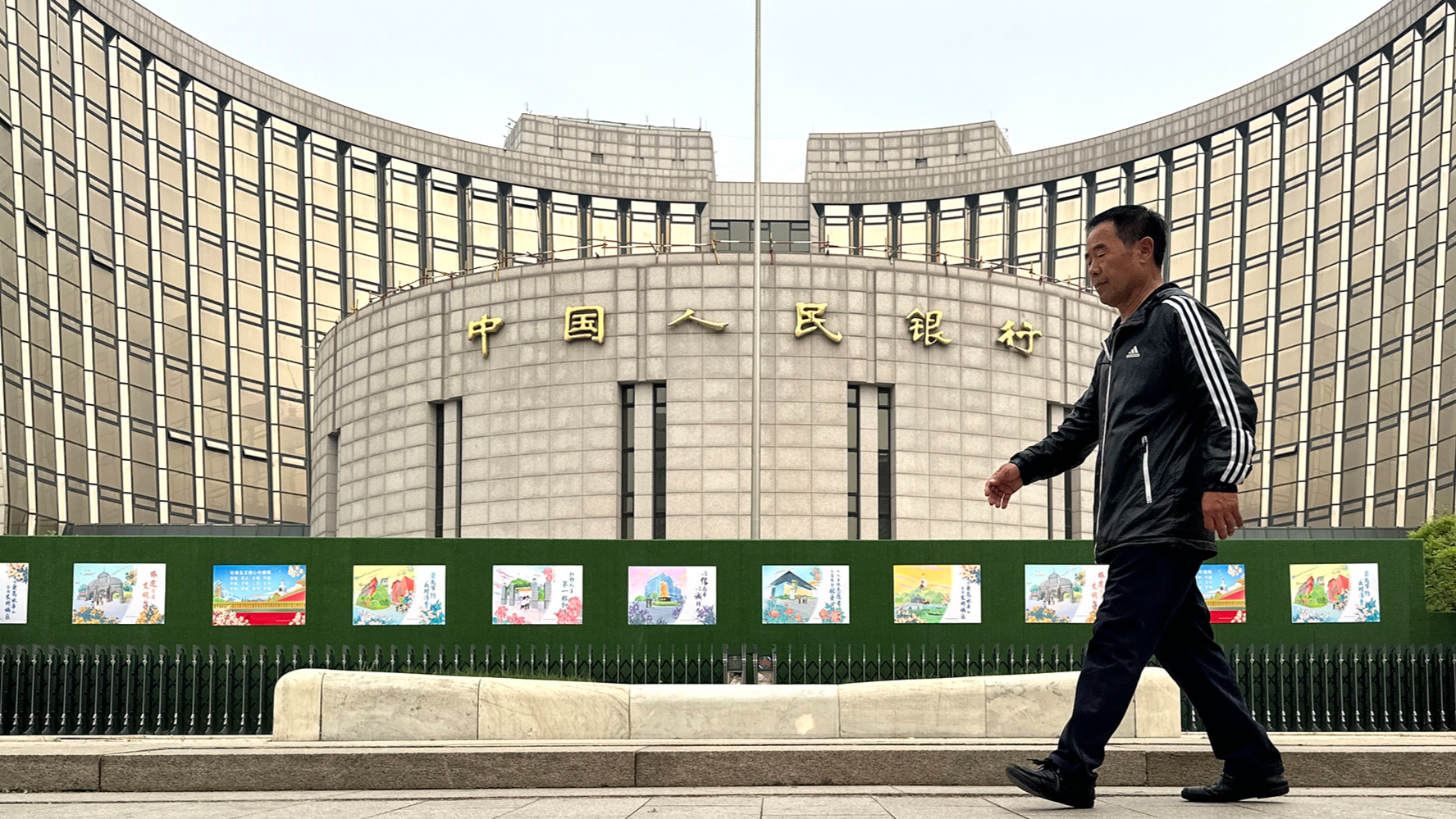
BEIJING - China on Monday cut the market-based benchmark lending rate, in line with market expectations, as authorities stepped up monetary support to shore up the economy.
The one-year loan prime rate (LPR) came in at 3.35 percent on Monday, down from the previous reading of 3.45 percent, according to the National Interbank Funding Center.
The over-five-year LPR, on which many lenders base their mortgage rates, was lowered by 10 basis points to 3.85 percent.
The monthly-released data is a pricing reference rate for banks and is based on rates of the People's Bank of China (PBOC)'s open market operations.
READ MORE: New repo, reverse repo tools to guide interest rates
To better manage expectations and align the LPR release with market operations, the PBOC has announced a change in the monthly release time of the rates to 9:00 am from 9:15 am, typically around the 20th of each month.
The adjustment takes effect on Monday, the PBOC said.
The LPR cut came in response to market expectations and this move will gradually reduce financing costs for the real economy, thereby encouraging borrowing and investment, according to analysts.
The reduction to the over-five-year LPR came in the wake of a series of supportive measures aimed at bolstering the property sector. On May 17, China announced new policies to stimulate home purchases, ranging from lower minimum down payment ratios to the cancellation of mortgage rate floors for first and second homes.
Analysts believe that these policy measures will help inject impetus into the healthy development of the real estate market.
ALSO READ: On track to attain 2024 growth goal
Earlier on Monday, the central bank also lowered the interest rate on seven-day reverse repos, a key short-term policy rate, from 1.8 percent to 1.7 percent. The move aims to strengthen counter-cyclical adjustments to better support the real economy, the PBOC said.
The rate adjustment was announced after the PBOC governor Pan Gongsheng said last month that the central bank will further improve the market-oriented interest rate mechanism with the short-term operational rate serving the function of the primary policy rate.
He said that the central bank will further enhance the quality of LPR quotations to better reflect the interest rate levels of the market.
READ MORE: China's central bank stresses implementation of prudent monetary policy
In the first half of this year, China's central bank has rolled out an array of monetary policy instruments to ensure sufficient liquidity, reduce the social financing costs and stabilize market expectations, said Dong Ximiao, chief researcher at Merchants Union Consumer Finance Company Limited.
Dong expected that the PBOC will continue to guide financial institutions to increase support for key areas and weak links of the real economy in a bid to create an appropriate monetary and financial environment to boost macroeconomic recovery and high-quality development.
Lower collateral requirement
The central bank said on Monday that it will lower the collateral requirement for medium-term lending facility (MLF) loans starting from this month.
The move aims to increase the size of tradable bonds and ease the pressure on supply and demand of bonds in the market, the PBOC said in a statement on its website.
The MLF tool was introduced in 2014 to help commercial and policy banks maintain liquidity by allowing them to borrow from the central bank using securities as collateral.
READ MORE: Two new tools to guide interest rates
The PBOC said starting from this month, institutions participating in MLF operations and planning to sell medium to long-term bonds can apply for the lower or exemption of collateral requirement for a certain period of time.
Also on Monday, the PBOC lowered the interest rates on its standing lending facility.
The overnight rate was cut by 10 basis points to 2.55 percent. The seven-day and one-month rates were each lowered by 10 basis points to 2.7 percent and 3.05 percent, respectively, according to the PBOC.
The SLF, introduced by the central bank early in 2013, serves as a channel to meet the liquidity needs of financial institutions. These institutions can take out SLF loans from the central bank, using qualified bonds and other credit assets as collateral.


